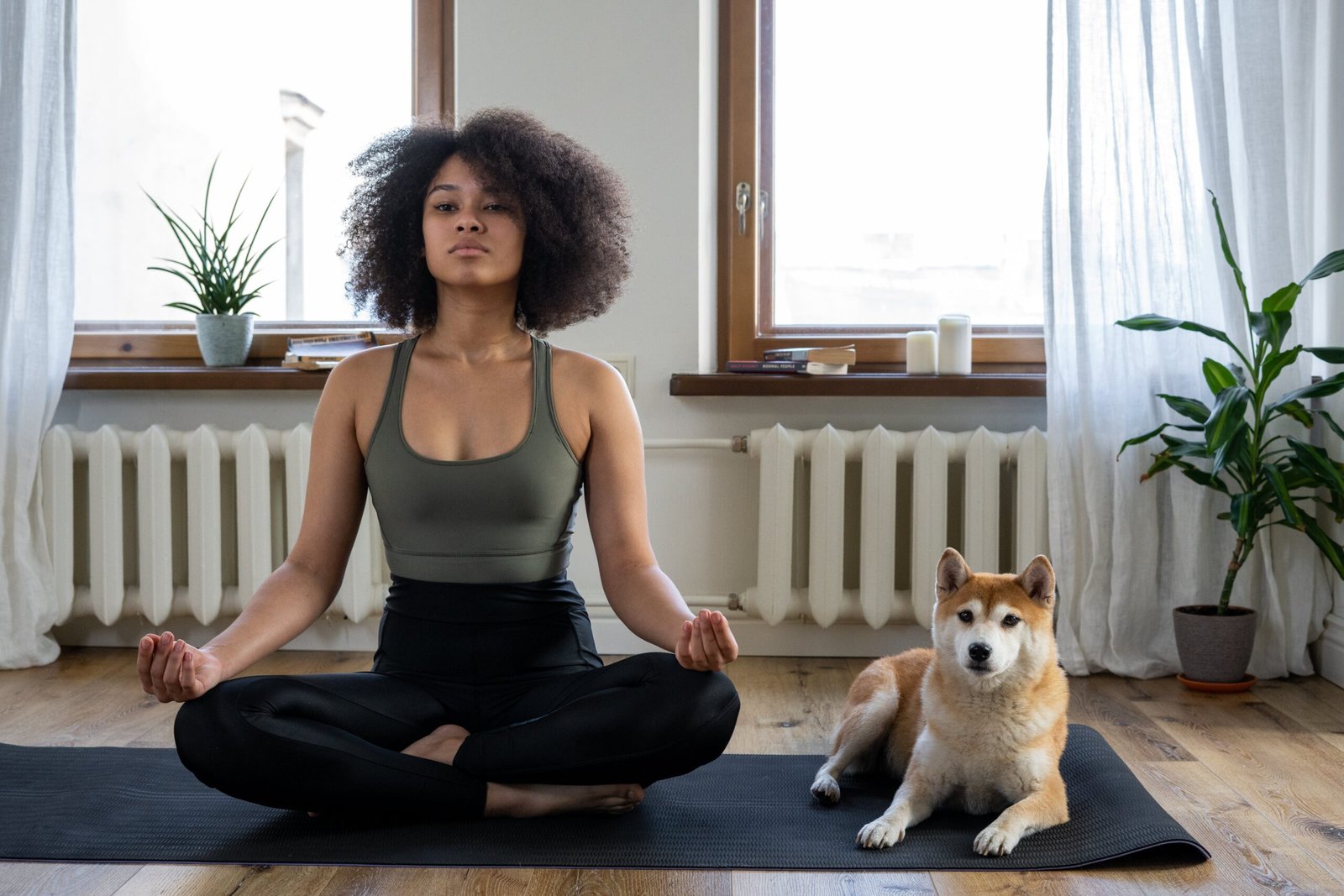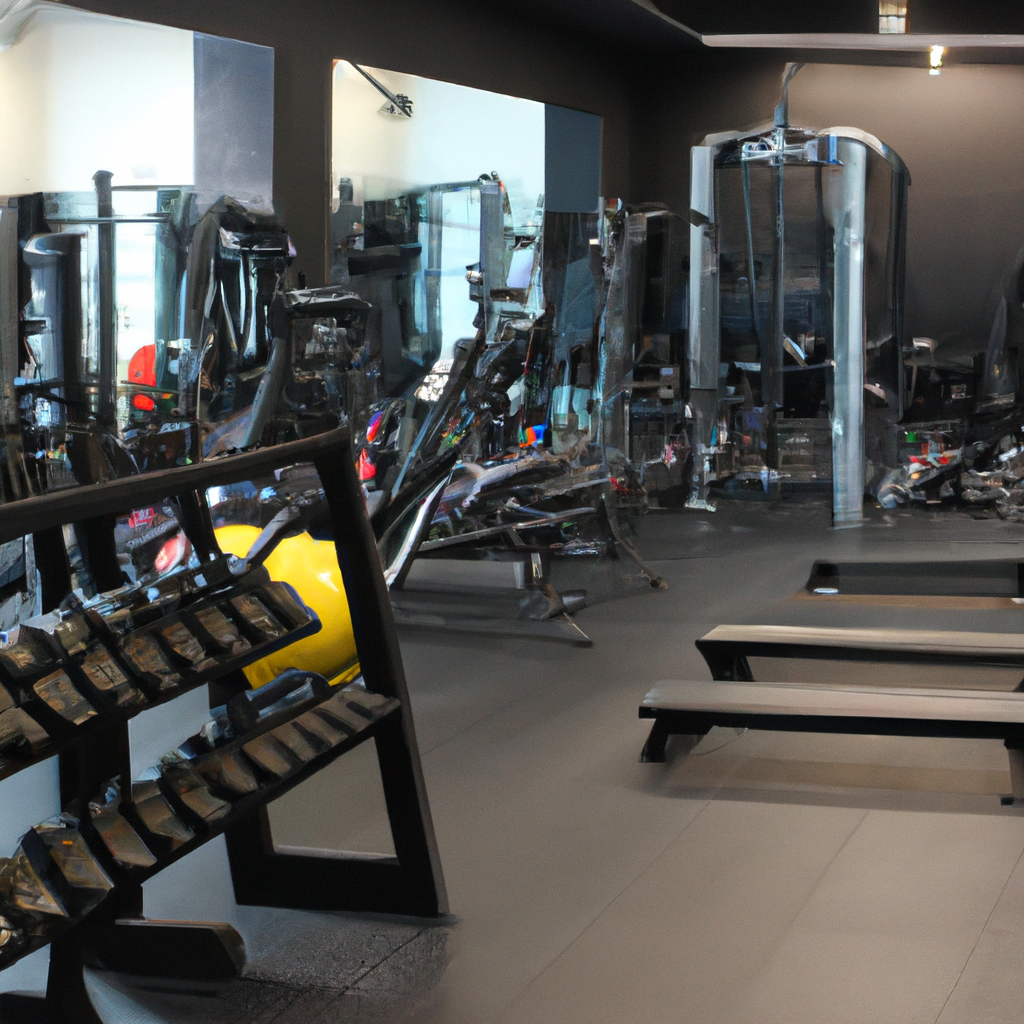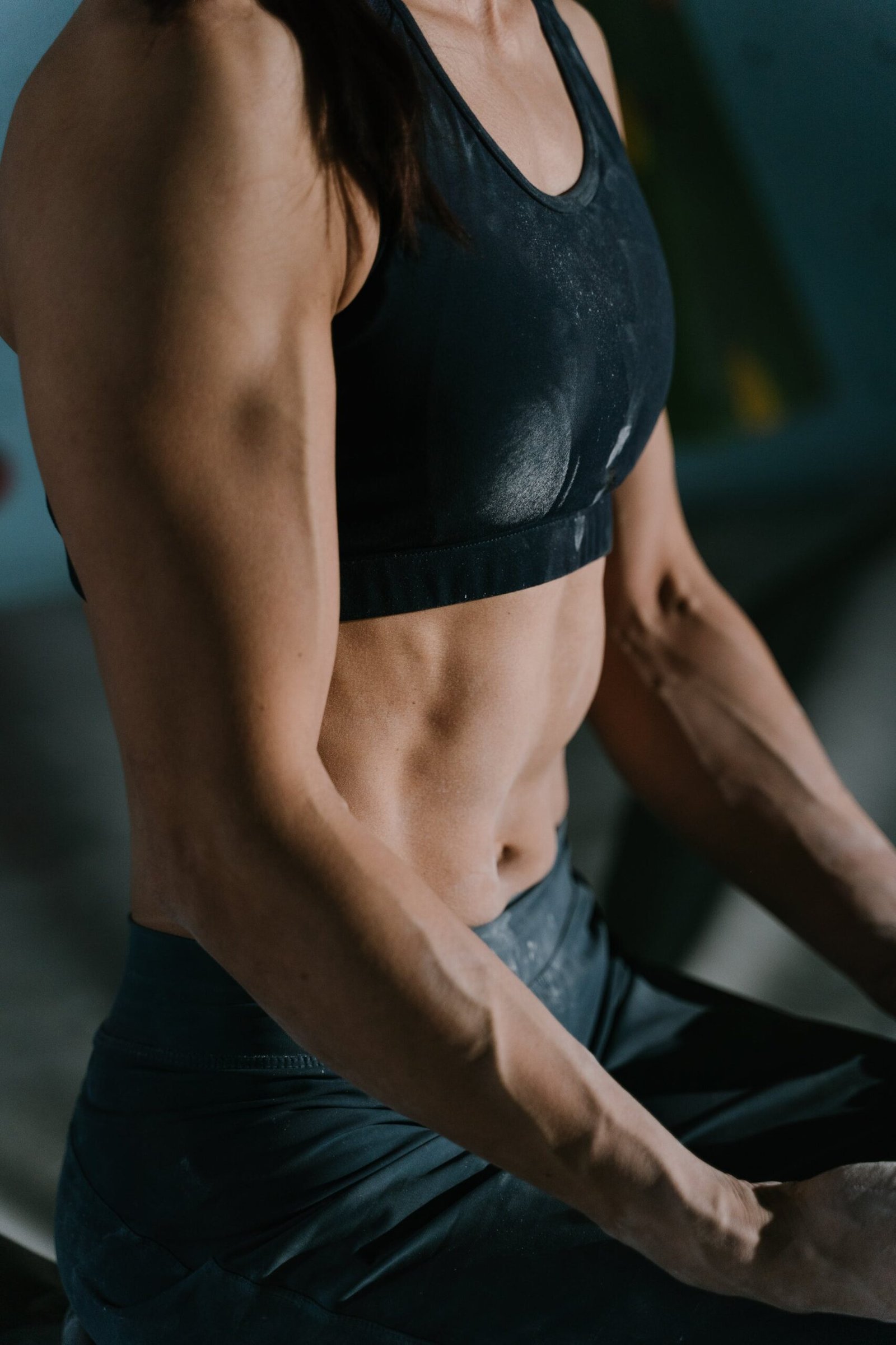setting up a total gym isn’t as daunting as it might initially seem. Equipped with personal experience, I’m ready to guide you through a comprehensive step-by-step process, turning this seemingly challenging task into a breezy undertaking. From unboxing the heavy equipment to figuring out the eccentric parts, together we’ll turn your home or garage into a fully functional gym space, ready for a muscle-building workout.

Choosing the Appropriate Space
Before setting up your total gym, the first step is to identify the appropriate space for your gym. This process involves careful planning and consideration. The key factors to consider here are the actual physical space, your specific needs, and the type of total gym equipment you are planning to set up.
Determining Your Space Needs
When setting up a total gym at home, one of the first things to consider is how much space you need. A lot depends on the kind of exercises you plan on doing, the equipment you will use, and the number of people who will use the gym. Be sure to account for the entire footprint of all your gym equipment, along with sufficient room to move around freely.
Creating Enough Open Space
Just having space for equipment is not enough. You need enough open space for stretching, floor exercises, and free movement. Also, an open space around your equipment allows for effective cooling and ventilation, reducing the risk of overheating during intense workouts.
Considering Flooring and Ceiling Needs
Beyond just space, the type of flooring and ceiling height matter too. Choose flooring that can withstand the weight and motion of your equipment while providing good grip and easy cleaning. Likewise, ensure that the ceiling is high enough to accommodate standing exercises or equipment like treadmills or elliptical trainers.
Selecting Total Gym Equipment
Selecting the right equipment is essential to setting up a total gym at home. The type of equipment you select should align with your fitness goals and be of high quality to ensure it endures over time.
Types of Total Gym Equipment
There’s a wide range of total gym equipment to choose from, based on your fitness goals. Cardio machines like treadmills, ellipticals, and stationary bikes work well for endurance and cardiovascular health. Strength training equipment like weight benches, squat racks, dumbbell racks can help in building muscle mass and boosting metabolism. For flexibility and balance, you can consider exercise balls, yoga mats, and balance boards.
Choosing Equipment Based on Fitness Goals
The equipment you choose should reflect your fitness goals. If you’re looking at weight loss or improving endurance, incorporating more cardio-focused equipment could be beneficial. Conversely, if muscle gain or strength is your goal, investing in weightlifting equipment would be more suitable.
Evaluating Quality and Durability of Equipment
When it comes to gym equipment, quality and durability are critical. Look for equipment made of sturdy, high-quality material that will endure regular use. It could be worth investing in branded equipment with good customer reviews and warranty periods for peace of mind.
Setting Up the Total Gym
Setting up your total gym involves a careful process of unboxing, assembling, and securing your equipment correctly. Patience, a keen eye, and basic mechanical skills can go a long way in ensuring a smooth setup.
Unboxing the Equipment
Once you’ve received your equipment, ensure to unbox it carefully without damaging the components. Keep your workspace clean and organized. It’s advisable to retain all packaging until you’ve successfully set up the equipment in case you need to return or replace parts.
Aligning Parts Correctly
Take time to read through the assembly instructions thoroughly. Each equipment piece needs to be put together accurately to ensure proper function and safety. Double-check connections and alignments before moving on to the next step in your assembly process.
Securing All Bolts and Connectors
Once everything is correctly put together, ensure that all bolts and connectors are secure. Loose connections could lead to malfunctions or accidents during use. It might be a good idea to occasionally recheck these connections as part of your equipment maintenance routine.
Safety Measures
Safety should be a priority when setting up a total gym. It’s essential to ensure enough space around the equipment, secure the equipment firmly and keep a first aid kit handy, should any accidents occur.
Space Around Equipment
Leaving adequate space around your gym equipment allows you safe and unrestricted movement during your workouts. The recommended clearance depends on the type of equipment and its motion range.
Secure the Equipment Firmly
It’s vital to secure your equipment to prevent it from tipping over or moving during use. Anti-slip mats, secure mounts, and tying off equipment, where required, can help enhance safety.
Prepare a First Aid Kit
No matter how careful you are, workout-related injuries can occur. Therefore, it’s a good idea to have a first aid kit handy. It should include essentials like bandages, pain relief sprays, antiseptic wipes, tweezers, and a digital thermometer.

Installing Cardiovascular Equipment
Cardiovascular equipment is a crucial component of a total gym. Each piece requires careful assembly to ensure its proper function and longevity.
Setting Up Treadmills
When setting up treadmills, ensure they’re placed on a flat, level surface. Following the manufacturer’s instructions for assembly is key. Also, remember to check if your treadmill requires a separate power source or a specific power outlet to function correctly.
Installing Elliptical Machines
Similarly, for elliptical machines, set them up on a stable, flat surface. Be aware of overhead space as elliptical machines sometimes require more headroom than other equipment.
Setting Up Stationary Bikes
As for stationary bikes, adjust the seat and handlebars according to your height and comfort before starting your workouts. Properly adjusting your bike can prevent discomfort and injury.
Installing Strength Training Equipment
Strength training equipment forms the core of your muscle-building regimen. Like cardiovascular equipment, its installation requires a careful approach to guarantee an effective and safe workout.
Setting Up Weight Benches
Weight benches should be placed on a flat surface to provide stability during workouts. Adjustable benches should be secured in place according to the type of lift you’re performing.
Installing Squat Racks
Installing squat racks typically involves assembling several pieces. It’s crucial to ensure all components are securely connected, and the squat rack is stable before use. Remember to adjust the height of the barbell rack to suit your height.
Setting Up Dumbbell Racks
Dumbbell racks, while not complicated to set up, should be placed in an easy-to-access, stable location. Keep the heavier dumbbells on the lower shelves to prevent the rack from toppling.

Installing Flexibility and Balance Equipment
Flexibility and balance equipment aids in improving core strength, stability, and flexibility. It’s often more straightforward to set up compared to other types of equipment.
Setting Up Exercise Balls
Exercise balls come deflated and need to be inflated before use. Remember to use the appropriate pump and not overinflate the ball. The ball size should match your height and weight for safe workouts.
Installing Yoga Mats and Blocks
yoga mats and blocks do not require complicated setups. Yoga mats should be unrolled on a flat surface, and blocks should be stored nearby, easy to reach when needed.
Setting Up Balance Boards
Balance boards should be placed on a non-slip surface to prevent accidents. For beginners, it may be helpful to have something sturdy nearby to hold onto for balance.
Maintaining Your Total Gym
Regular maintenance of your total gym is essential to ensure safe workouts and the longevity of your equipment.
Routine Cleaning
Routine cleaning can prevent dirt and sweat from corroding your equipment and keeps your gym hygienic. Using appropriate cleaning products, wipe down equipment surfaces after each use, and deep clean your gym weekly or bi-weekly.
Schedule for Equipment Check-Up
Set a schedule for regular equipment check-ups. Look out for any wear and tear, loose connections, or other potential issues that can affect the safety and effectiveness of your workouts.
Replacing Worn Out Parts
With regular use, parts of your equipment will eventually wear out. Replacing worn-out parts promptly can prevent equipment damage and possible physical injuries.

Using Your Total Gym Safely
Working out safely can help you avoid injuries and make the best out of your total gym.
Understanding The Equipment
Before using any equipment, it’s vital to understand its function and proper use. Reading the manual or watching related tutorials can provide valuable insights.
Using Proper Form
Using proper form during exercises can prevent strain and injury. If unsure, consult a professional or watch instructional videos to learn the correct techniques.
Avoiding Overexertion and Injury
While it’s good to challenge yourself, avoid pushing too hard to prevent overexertion and related injuries. Listen to your body and take breaks or adjust your intensity as needed.
Fitting Your Total Gym into Your Lifestyle
Successfully incorporating your total gym into your lifestyle comes down to planning, organization, and involving others in your routine.
Planning a Regular Schedule
Creating a regular workout schedule boosts discipline and creates consistency, significantly impacting your fitness goals. Make sure to include a variety of routines to keep your workouts interesting and balanced.
Keeping Your Gym Organized
Keeping your gym tidy and organized can contribute to a positive workout environment. It also ensures you have easy access to all your equipment when you need it.
Involve Others in Your Routine
Working out can be more fun and motivating when done in company. Whether it’s reciprocating encouragement with a workout buddy or participating in a virtual workout class, involving others can create a social aspect to fitness and make working out more enjoyable.
In conclusion, setting up a total gym involves a range of considerations – from space selection, the right equipment, and correct assembly to its maintenance and safety. But with proper planning and execution, you can create a personalized home fitness space that fits your needs and lifestyle.




One thought on “How To Set Up A Total Gym”